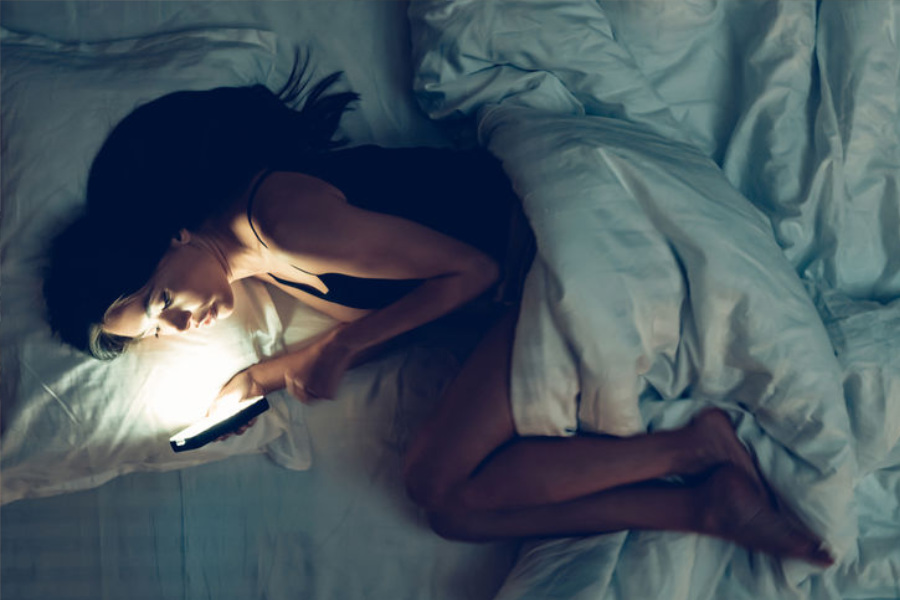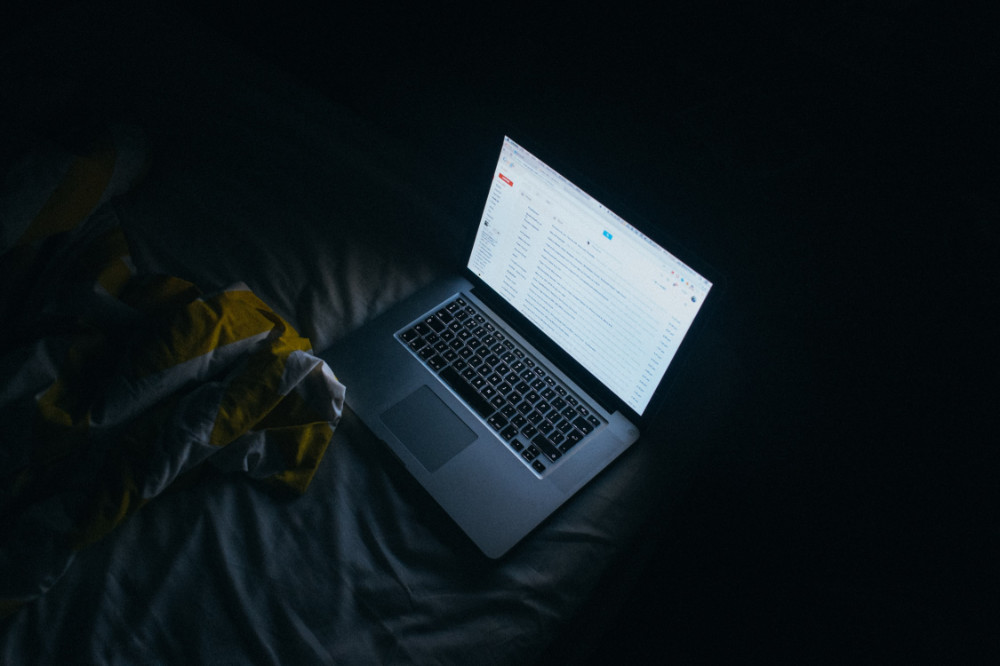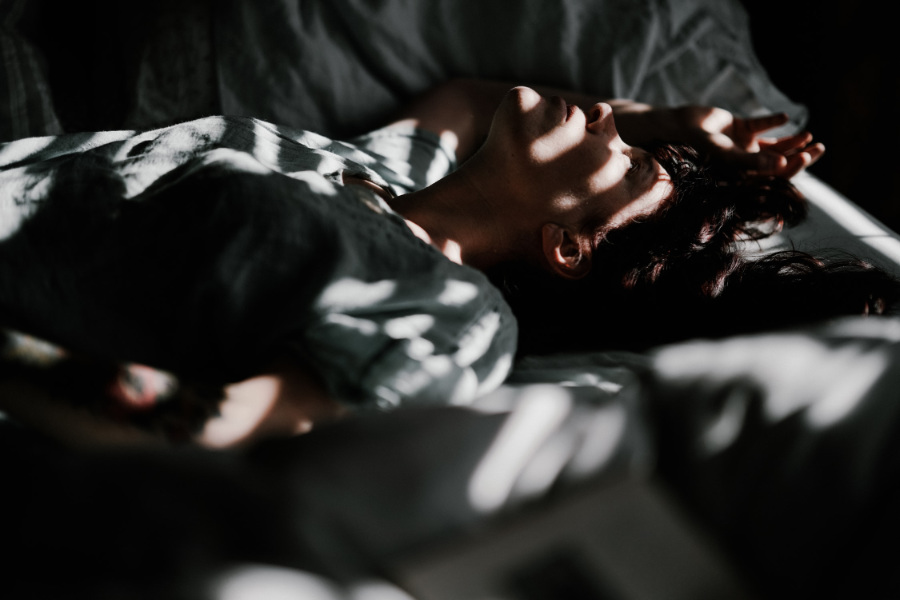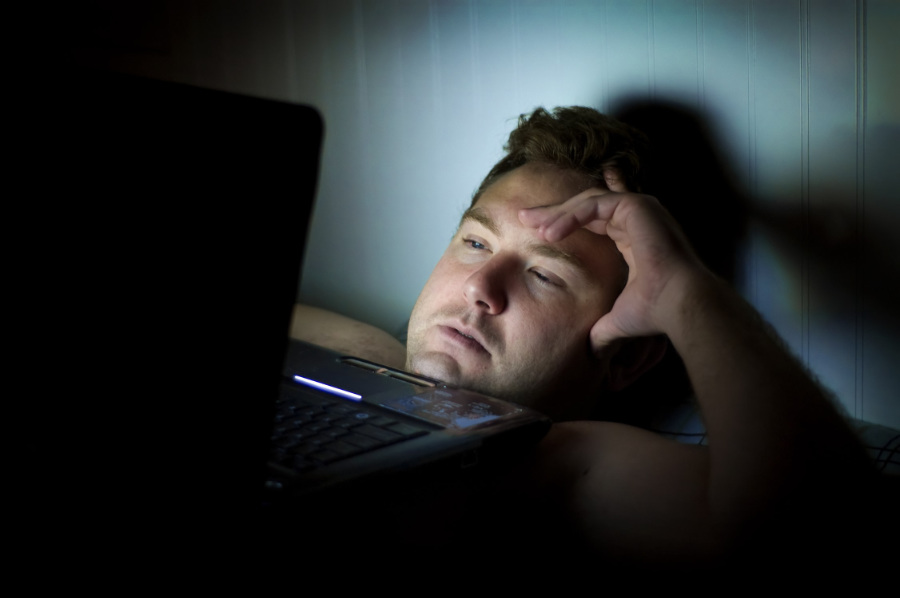In this article we look at the role of technology and the impact of artificial light on sleep health.
Pre-sleep routines are about putting in place measures that support your bodies natural sleep-wake cycle. In doing so you give the body the best opportunity to go into all stages of sleep that result in you feeling refreshed and good to go the next day.
I have said it before, and I will say it again; how you feel and how you function will be largely dictated by the quality and perhaps quantity of sleep that you manage to get consistently.
The quality of sleep is certainly impacted by the choices you make in the run up to going to bed. Modern life demands a lot of us, and it is not uncommon for sleep to be one of the areas of our lifestyle that we place less value on. How are you ever going to get all those important jobs done if you are asleep right!!!
In reality our ability to “get those jobs done” is going to be impacted by how we are functioning and our productivity much more than depriving ourselves of sleep for another hour or two. Numerous studies have shown that optimising sleep health improves many aspects of cognitive function and productivity.
Unfortunately not many people put adequate value on their pre-bed routine and undervalue the impact of many of their choices earlier in the day and the immediate 60-90mins or so before bed.
Technology and artificial light
Back in the days prior to the invention of electricity and the introduction of electricity into our homes we would have been more in sync with our natural sleep-wake cycle, largely related to the rise and fall of the sun. If we were to expose ourselves to light it would have been from soft and generally mesmerizing light from a fire or a candle. These days we are glued to our brightly lit phones, tablets, laptops and TV’s in the evening. Not to mention the bright lights that we expose ourselves to in our house.
It’s tough because we are visual and inquisitive creatures. At the touch of a button we have access to more information than we could have ever dreamed of. A question pops in your mind and what do you do? Google it of course!!
We are also dopamine driven as well. Dopamine is a neurotransmitter associated with reward motivated behaviour. Unbeknown to many of us, the devices we find ourselves glued on contribute to stimulation of neurotransmitters, in particular dopamine, making them extremely addictive. When was the last time you tried taking an extended period away from your devices?
These days many of us also find ourselves at the beck and call of our employer and colleagues. We have emails on our phone and often these become the last thing we check at night and first thing we check in the morning. If you are doing that you are technically at work from the moment you wake up to the moment you go to bed. This intrusion makes it hard for people to distinguish between work and play and this for many is contributing to a worsening or physical and mental health.
The reality is that we cannot reject technology, it’s here to stay and so much of what we have available to us, if used sensibly, can enhance our lives tremendously. Unfortunately, most of us are yet to learn how to co-exist with technology and the human body has certainly not evolved to this external stimulant and won’t anytime soon.
As a result, we must start to consider the impact that technology can have and then consider what we can do to create boundaries to protect our physical and mental health.
The problem with artificial light
Artificial light has the ability to fool the brain and subsequent hormones produced relating to sleep and wakefulness into thinking that the sun is still up. Artificial light can suppress your sleep hormone melatonin and continue to stimulate awakening hormones like cortisol. Melatonin typically surges as light reduces. Technology allows us to flood blue light into the eyes preventing this from occurring effectively.
The knock-on effect of this is that you might as well have flown across time zones and delayed sunset that way. Most of us are aware of the effects of jetlag, yet on a daily basis we can promote a routine and hormonal state not too dissimilar to jetlag. Could it be that many of us live it what feels like a constantly jetlagged state?!
Light receptors in the eye associated with determining if it is daylight or not are most sensitive to short wavelength light within the blue spectrum. Blue LED light for example has much more potent effect on suppressing melatonin than warmer, yellow light. The computers and other handheld devices we use, utilise LEDs. One study demonstrated almost a quarter reduction in the sleep hormone melatonin when using an ipad within 2 hours of going to bed. Also sleep studies have demonstrated that those who used tablets in the run up to bed reduced their REM sleep, subjectively felt less rested and sleepier during the day and also it tended to create a lag in their melatonin production the days after, creating essentially a jetlag like state from a single days use right up to bed time.
Pre-sleep technology tips
Hopefully by now you get the picture that light exposure, especially blue light exposure is not ideal for sleep health. Below are some tips to help you improve your relationship with light and technology with a view to improving your sleep:
- Try to have a technology cut off point. I typically recommend around 90-120 mins of no technology before bed, at least no technology shining blue light directly into your eyes from a short distance like phones, ipads etc.
- Try getting some blue light glasses. These can help filter out some of the blue light, particularly if you can’t create the boundary suggested above.
- Set your phones so that they go onto night mode. Try and do this from the early evening, I typically recommend around 6/7pm.
- Reduce the brightness on laptops, phones, TVs and tablets if you are to use them in the evening. Filtering out blue light may have some effect but lowering the overall brightness can help as well.
- Ensure lighting in your home is dim in the evening.
- Your bedroom is not an office or cinema room, don’t treat it as such. The bedroom is for sleep and sex.
- When asleep, ensure your room is as dark as possible. If there is artificial light coming in from outdoors, such as streetlights, then look at getting some blackout blinds or find a way to block out that light as best as possible.
We hope these tips have been useful. Remember that making changes can come in layers, so take some of these suggestions and see what you feel comfortable with changing initially and observe what impact this has on the quality of your sleep and to be honest your mental well-being.





